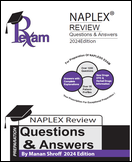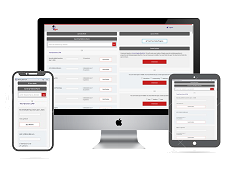
Which of the following statements is/are TRUE about postnatal depression (PND)? [Select All That Apply]
a. About 10% of women experiencing a mental health problem during pregnancy or postpartum.
b. PND can begin at any time within one year after delivery.
c. Patients may experience a persistent low mood, lack of interest and enjoyment in usual activities, low self-esteem or lack of energy
d. PND can also occur following miscarriage, stillbirth or in parents who adopt a child.
e. Asian women and women from a non-English speaking background may be affected to a greater extent to PND.
Which of the following statements is/are TRUE about postnatal depression (PND)? [Select All That Apply]
a. About 10% of women experiencing a mental health problem during pregnancy or postpartum.
b. PND can begin at any time within one year after delivery.
c. Patients may experience a persistent low mood, lack of interest and enjoyment in usual activities, low self-esteem or lack of energy
d. PND can also occur following miscarriage, stillbirth or in parents who adopt a child.
e. Asian women and women from a non-English speaking background may be affected to a greater extent to PND.
Answer: (a,b,c,d,e). All.
Pharmacists are likely to encounter patients affected by postnatal depression, therefore the ability to identify signs of this under-recognised disorder is essential for appropriate and prompt referral for help and support.
Maternal suicide remains the leading cause of death from a direct cause in the postnatal period, accounting for around 22% of maternal deaths reported in the UK between 2014 and 2016. With around 10% of women experiencing a mental health problem during pregnancy or postpartum, it is important for all healthcare professionals to understand and recognise the risk factors for perinatal mental health problems and know where to refer patients.
Postnatal depression (PND) can begin at any time within one year after delivery. It is a relatively common condition that occurs in around 10–15% of women following childbirth and around 10% of new fathers, although it is thought that the true prevalence is higher than this.
PND can also occur following miscarriage, stillbirth or in parents who adopt a child. In England, it is thought that particular ethnic groups (e.g. Asian women and women from a non-English speaking background) may be affected to a greater extent. This is possibly owing to cultural beliefs around depression, lack of integration and language barriers making it difficult to express difficulties in the postnatal period.
Many women will be emotional or experience mild mood changes in the first week after having a baby (referred to as the ‘baby blues’), but these feelings should be self-limiting.
In PND, these feelings last longer. Similar to depression, patients may experience a persistent low mood, lack of interest and enjoyment in usual activities, low self-esteem or lack of energy. In addition, they may feel as though they are a bad parent, are unable to cope with their baby or may feel indifferent to their baby.
Source: www.pharmacyexam.com
Citation: https://www.pharmaceutical-journal.com/cpd-and-learning/learning-article/postnatal-depression-recognition-and-diagnosis/20207360.article?firstPass=false



